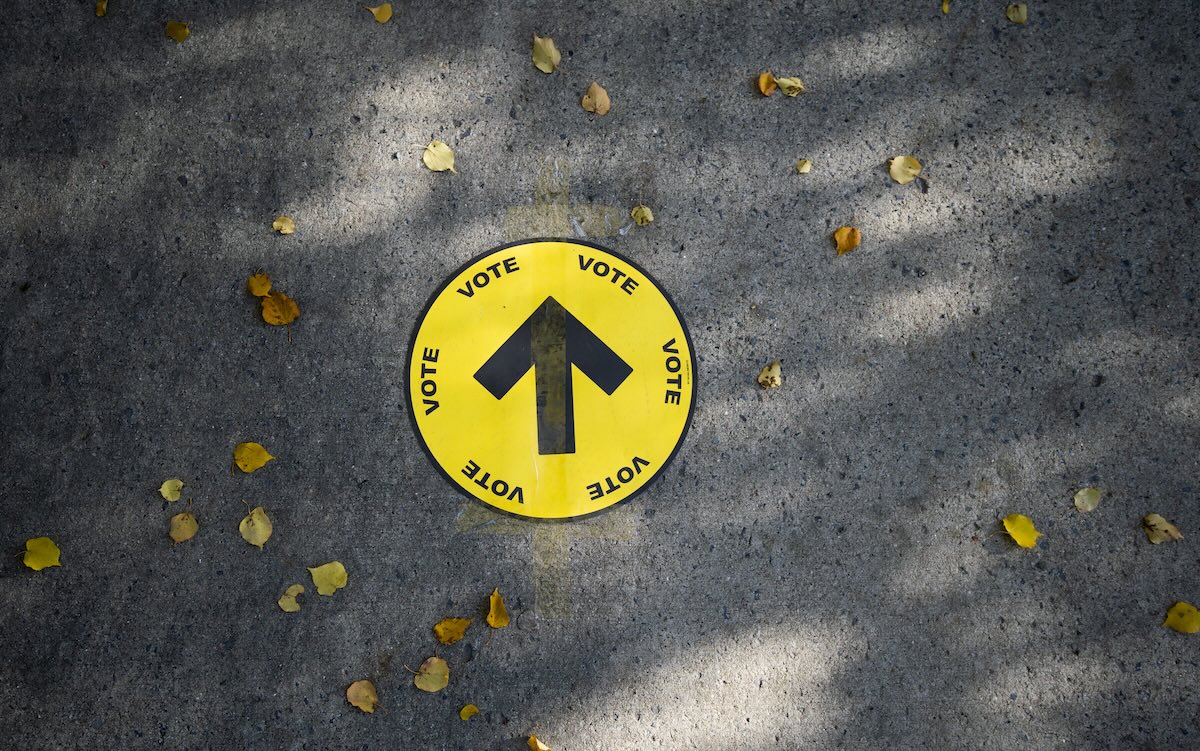Canadian Federal Election 2023: Decoding Party Platforms on Clean Energy Initiatives
Key Ideas
- Liberal Party aims to expand EV charging network and implement investment tax credits for clean energy technologies.
- Conservative Party pledges to support Canada's auto sector, protect jobs, and maintain incentives for Canadian-made vehicles.
- New Democratic Party focuses on affordability with extended rebates for EV purchases and exclusion of EVs undermining national interests.
- Bloc Québécois advocates for financial support for EV infrastructure development and proposes a zero-emission vehicle law.
The upcoming Canadian federal election on April 28, 2023, is set against a backdrop of global uncertainties. A significant focus of this high-stakes election is Canada's transition to zero-emission transportation, battery manufacturing, and grid decarbonization. The parties have outlined their platforms on clean energy initiatives:
- The Liberal Party, led by Mark Carney, plans to expand Canada's EV charging network, introduce investment tax credits for clean energy, and engage big polluters in supporting consumer adoption of green technologies.
- The Conservative Party, under Pierre Poilievre, vows to champion Canada's auto sector, protect jobs, and maintain incentives for Canadian-made vehicles while opposing tax on gas-powered cars.
- The New Democratic Party, led by Jagmeet Singh, focuses on affordability by extending rebates for new EVs and doubling rebates for made-in-Canada EVs, excluding those undermining national interests.
- The Bloc Québécois, led by Yves-François Blanchet, proposes financial support for EV infrastructure development and a zero-emission vehicle law.
Additionally, the Green Party, co-led by Elizabeth May and Jonathan Pedneault, pledges to balance economic and environmental goals by revisiting trade restrictions with China, requiring passenger ferries to convert to electric systems, and banning internal combustion engine passenger vehicles by 2030. They also advocate for expanding EV charging stations and retrofitting Canada Post facilities for energy efficiency and renewable energy generation.
